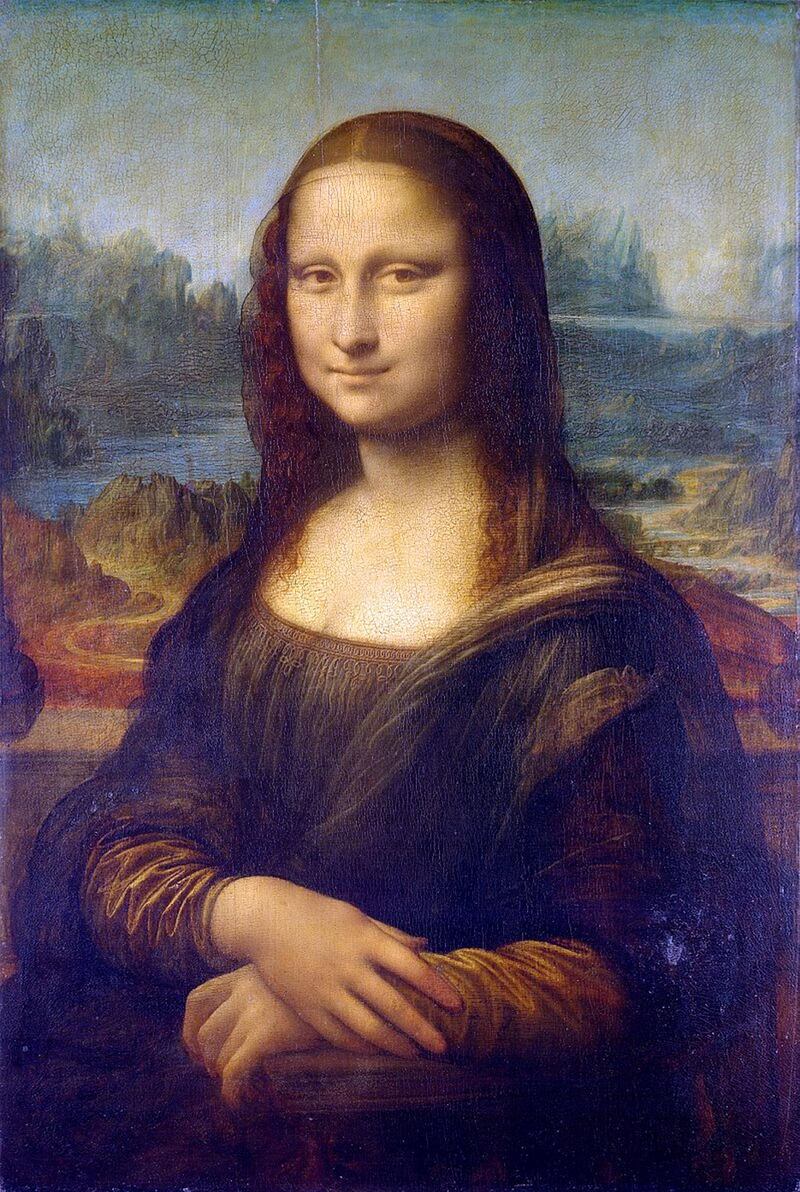A scientist has discovered a hidden sketch underneath Leonardo da Vinci's Mona Lisa.
Pascal Cotte undertook a 15-year study of the Italian Renaissance painter's masterpiece and recently published his findings in the Journal of Cultural Heritage. The project began in 2004, when the Louvre Museum in Paris permitted Cotte to digitise the painting using a high-resolution multispectral camera.
His Lumiere Technology camera is able to detect light reflected on 13 wavelengths, allowing him to see hidden layers beneath the painting’s surface.

After capturing more than 1,650 photographic scans, Cotte spent years analysing details of the work. He found charcoal lines along the hairline and hand of the painting's subject, which implies the use of a technique called spolvero, in which an image is transferred from one surface to another, for the underdrawing.
This suggests the artist may have transferred a charcoal sketch on to a wooden canvas, meaning the Mona Lisa was not made entirely freehand. The existence of a charcoal sketch also opens up the possibility that it may have been used to make copies of the painting.
Another detail uncovered is a hairpin to the right of Mona Lisa's forehead. Because such an accessory was not in fashion in Florence at the time, Cotte speculates that the painting may be more of an allegory, with the subject standing for justice or goodness.
Created in the 16th century, the Mona Lisa is Leonardo's most well-known work. The enigmatic expression of its subject, believed to be Italian noblewoman Lisa Gherardini, has been much discussed and deliberated. The work is also remarkable for the fantastical landscape that serves as a backdrop.
The work is on permanent display at the Louvre Museum in Paris, where it has been ranked as the most-visited painting in the world.







